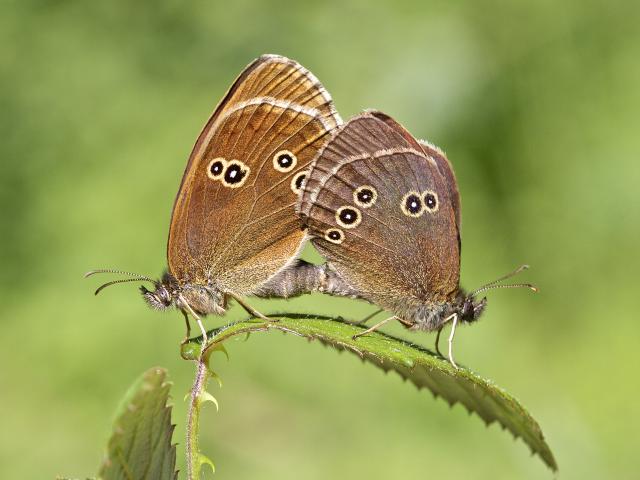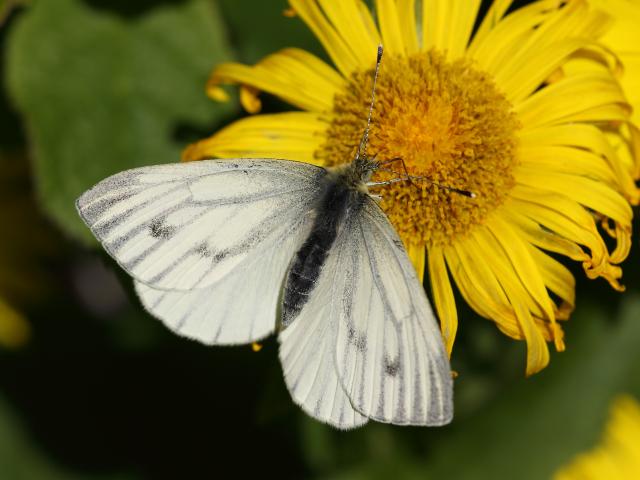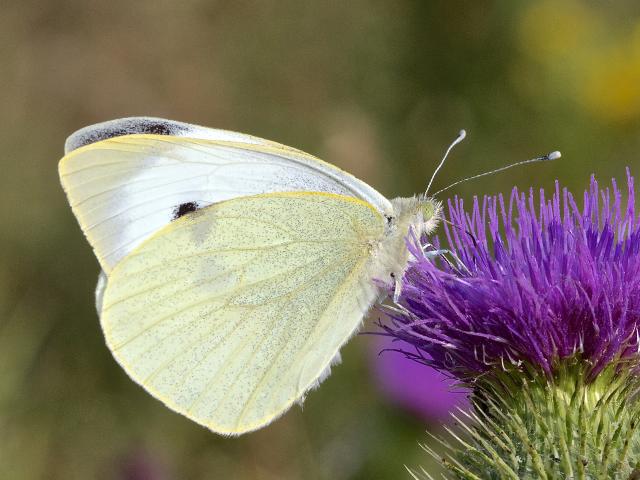

The heatwave currently being experienced by some southern and eastern parts of the UK is of concern for human health and the welfare of pets and livestock but what about our butterflies?
Generally speaking, high temperatures and lots of sunshine provide perfect conditions for adult butterflies to get on with their lives, finding mates, visiting flowers, dispersing to new areas and, most importantly, laying eggs. Indeed, the vast majority of UK butterfly species also occur widely in central and southern Europe where they routinely experience much hotter summer temperatures than in the UK’s mild climate. And if temperatures really get too hot, then the butterflies simply become less active and retire to the shade.
The problem for butterflies is not the heat, but the lack of rain because drought is a killer. The offspring of the butterflies currently enjoying the heatwave, the caterpillars that will hatch in the next few weeks, will need fresh green plants on which to feed – if the plants have withered and died due to drought, then caterpillars will starve and the next generation of butterflies, later this year or in 2023, will be much reduced.

This was seen very clearly after the famous 1976 drought. 1976 itself was a great year for butterflies, but the long drought, which had its origins back in 1975, took a heavy toll on this butterfly bonanza and numbers crashed the following year. The wider countryside species, those butterflies that we encounter in gardens, parks and the farmed countryside, didn’t fully recover until 1984, while the specialist butterflies, those that require particular nature-rich habitats such as chalk grassland or heathland, have never recovered from the double whammy of the drought and the large-scale destruction of such habitats that was rife in that era.
A study led by York University examining extreme population changes for 207 butterfly and moth species in England since the 1960s, found that the highest number of population crashes occurred in 1977, when 54 species (26% of those studied) underwent severe declines, clearly linked to the drought. Many more species will have undergone less-extreme declines too.

Similarly, in 1995, which was the driest UK summer since records began in 1776, the drought also had a significant impact on butterflies. This time, however, overall butterfly numbers did not crash in the following year, perhaps because the drought was shorter in duration than in 1976. Nevertheless, some common butterflies, all of which are among the target species for Big Butterfly Count, were badly affected. A study by the Centre for Ecology & Hydrology showed that UKBMS transect counts of the Large White, for example, fell by an average of 66% between 1995 and 1996, while those of Small White decreased by 56% on average, Ringlet by 51%, Green-veined White by 45% and Speckled Wood by 41%. Likewise, drought in 2018 caused a severe decline of Glanville Fritillary populations in the Åland Islands, Finland.
So, while the current hot, dry weather in parts of the UK is good for adult butterflies, some rain would be very welcome to alleviate drought and ensure the survival of the next generation. By taking part in Big Butterfly Count, from Friday 15th July to Sunday 7th August, you’ll be helping us to assess how this year’s weather is influencing butterfly numbers. Take part at www.bigbutterflycount.org
Dr Richard Fox Head of Science, Butterfly Conservation

